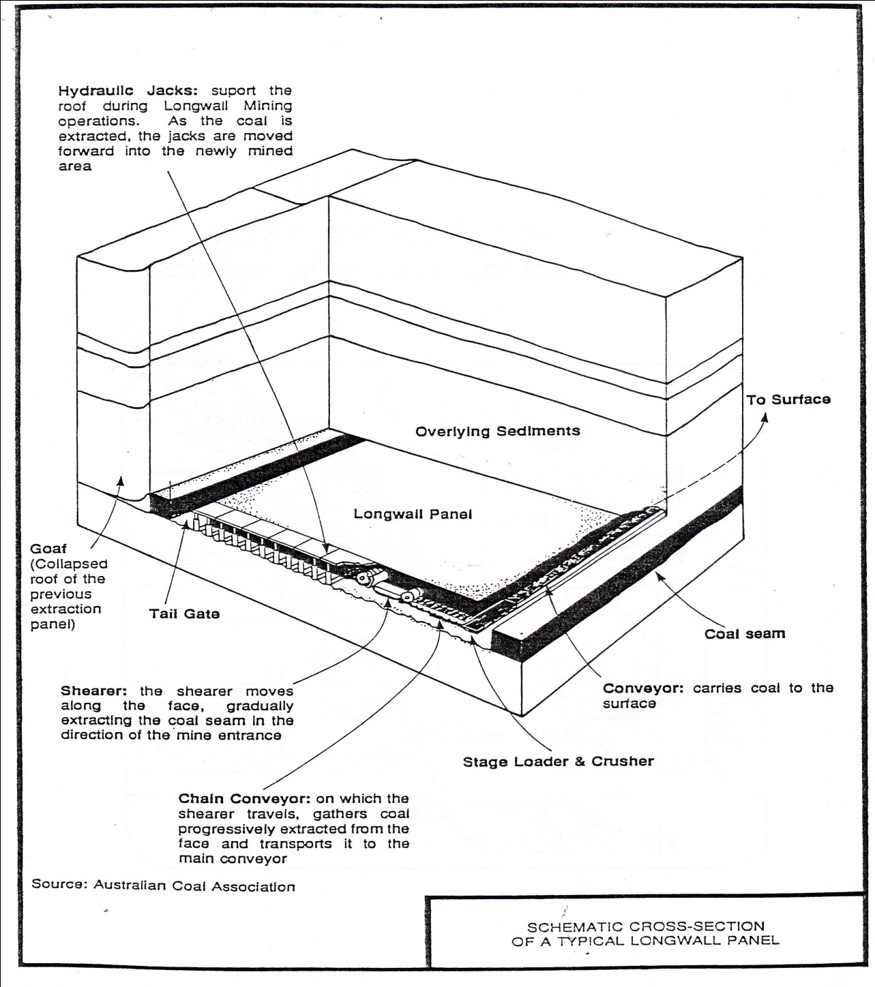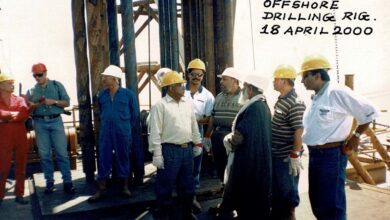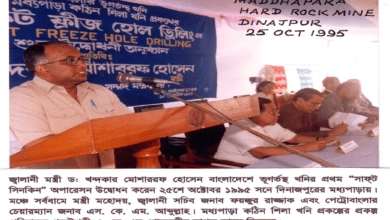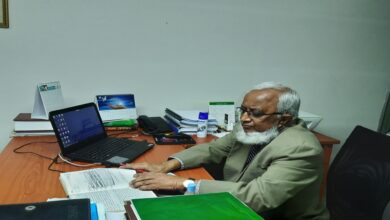Chapter 26
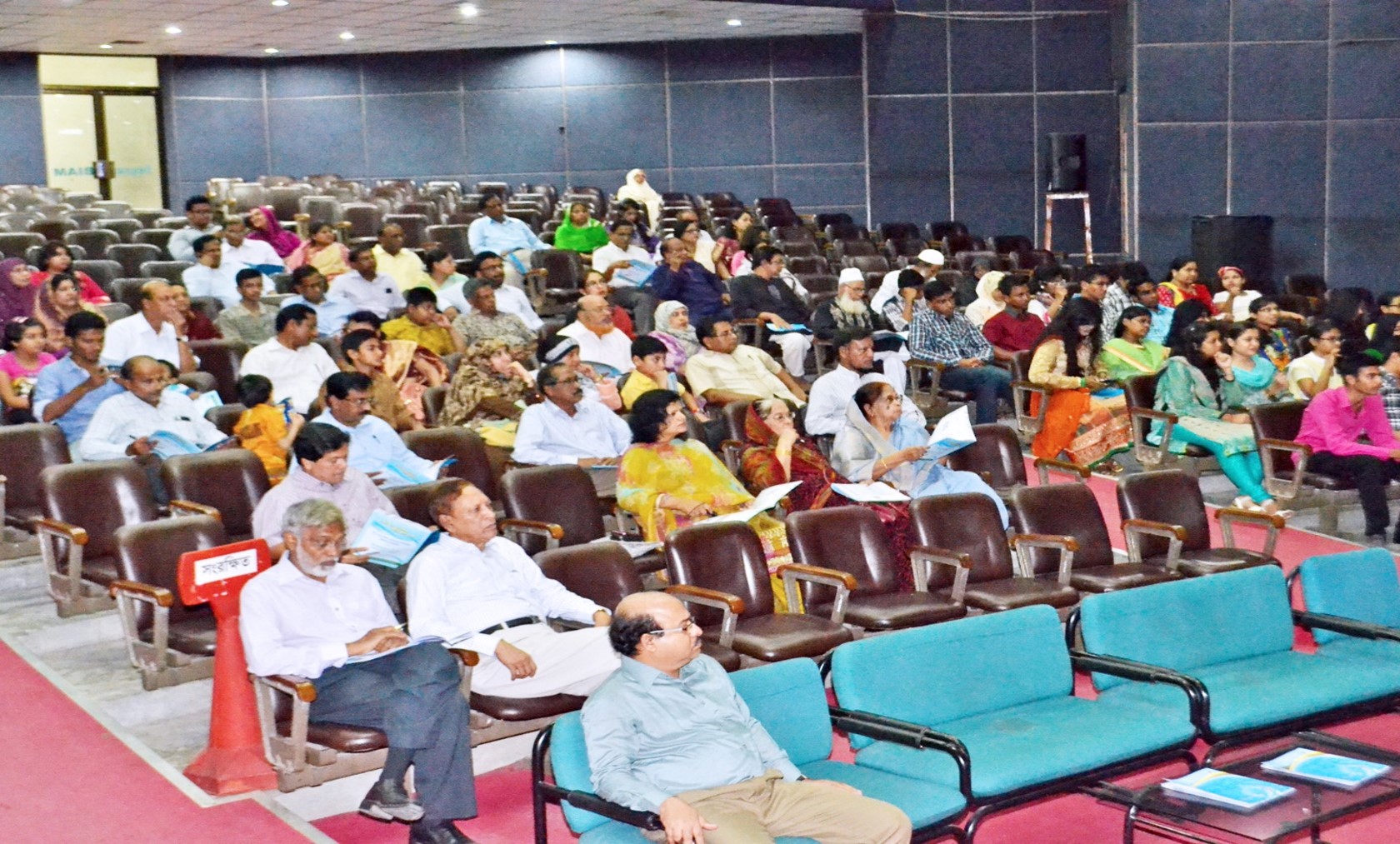
Introduction to Bangladesh Coal, Coal Mining and Coal Mine Environment
- Introduction to Bangladesh Coal, Coal Mine and Coal Mine Environment (57-slides);
- Environmental Data Collection for Coal Mining (40-slides);
- EIA of 3D Seismic Projects of BAPEX (24-slides);
- World Bank Guidelines on EHS for Mining Projects (108-sides);
- EHS Guidelines for Gas & Coal Based Power Plants (107-slides);
- Environmental & Social Issues Related to Coal Mining (40-slides);
- Engineering Hydrology on Mine Environment (30-slides).
Presented by:
Engr. Abul K. M. Shamsuddin;
Petroleum & Mining Consultant; House of Consultants Ltd.
Project Director; Techno-Economic Feasibility Study of Khalashpir Coal Deposit; Hosaf Group of Companies.
Principal Consultant (Energy Sector); Center for Research Development Studies (CRDS) Limited; Dhaka.
Former Managing Director, Pashchimanchal Gas Co Ltd (PGCL); PETROBANGLA.
Bangladesh Coal Resources
Coal resources in Bangladesh are identified in the north western part of the country. Bangladesh has a total coal resource base of about 3.1 Billion Tonnes. Out of this total coal resources, around 13% (402.32 Mt) is under ‘proved‘ category, around 27% (839.90 Mt) is under ‘ indicated‘ category and the balance about 60% (1900 Mt) is under ‘inferred‘ category.
Primary Energy Consumption
The primary energy consumption of Bangladesh is 24.3 Mtoe (2012) representing 0.2% of global primary energy consumption, against a global population share of about 2.4% (BP statistical review of World Energy, 2012).
Need To Diversify Energy
Natural gas is the dominant primary commercial energy source for Bangladesh with over three-fourths share, followed by oil at 21%. Coal, despite its significant resources in the country, hydroelectricity and other power sources together contribute barely 3% of total commercial energy use. There is a need to diversify the current energy mix.
Govt. Policy on Electricity
The Bangladesh Government is committed on a policy to make electricity available to all by 2021 and is targeting 600 kwh per capita. To address the power shortfall and meet the growing demand, the Government proposed initiatives to add about 11.8 GW generation capacities in next 5 years. (PwC Report – Sept 2013).
Coal – Major Alternative Energy
With depleting Gas reserves, Coal is major alternative energy fuel available in Bangladesh which can help in rapid growth and contribute to national economy by feeding power plants. Of the 33,708 MW power requirements by 2030 (Power Sector Master Plan-2010; JICA), the Government of Bangladesh plans to generate 20,000 MW using coal both domestic and imported.
Overview of Bangladesh Coal Fields.
- There are five (5) discovered coal fields in Bangladesh:
- Jamalganj Coal Field
- Barapukuria Coal Field
- Phulbari Coal Field
- Khalashpir Coal Field
- Dighipara Coal Field
Development of Coal Fields
At present coal demand of Bangladesh is from Barapukuria 2x125MW coal fired power plant, brickfields and other industries. Barapukuria Coal Mine is the only coal mine of the country with annual capacity of 1 Mtpa. It is therefore, urgently required to develop the coal fields of Bangladesh to use coal as an alternative commercial fuel for power generation.
Coal Resources of Bangladesh (5-Fields) [As Per UNFC System of Classification-Sept 2013]
|
Serial No |
Coal Basin |
Depth of Coal Field (in m) |
Coal Resources & Reserves (Mt) |
|
1 |
Barapukuria |
118-509 |
346.71+(43-64)* |
|
2 |
Phulbari |
150-250 |
572.00 |
|
3 |
Khalashpir |
228-510 |
523.49 |
|
4 |
Jamalganj |
640-1158 |
1053.90 |
|
5 |
Dighipara |
323-408 |
600.00 |
|
Grand Total = 3139.10-3160.10 Mt |
The UNFC System of Classification (For Bangladesh Minerals Resources Assessment)
uses three basic criteria (affecting their recoverability) for classification of the mineral resources:
- Economic and commercial viability (E).
- Field project status and feasibility (F).
- Geological knowledge (G).
The three criteria are easily visualized in three dimensions as shown in the next slide:
Coal in Bangladesh
- Located at north western part of the country
- Estimated Coal Resources 3.1 Billion tons = 3139.10 million tons.
- 13% (402.32 Mt) proved,
- 27 %(839.90 Mt) indicated and
- Rest 60% (~1900 Mt) inferred
What is Coal
- Coal is a non-renewable fossil fuel
- Formed from the remains of plants that lived and died about 100 to 400 million years ago.
Coal classification
Coal is broadly categorized into two groups
- Hard coal (include bituminous coal and anthracite)
- Brown coal (include sub-bituminous coal and lignite)
Depending on the content of volatiles, coal is classified into:
- Lignite – brownish black in colour, high moisture & sulphur, heat content of 10-20 MJ/kg, approximately
- Sub-bituminous coal : Also called black lignite, 20-30 per cent moisture, heat content of 20-25 MJ/kg, approximately
- Bituminous coal:Soft, dense and black coal, most common coal and has a moisture content of less than 20 per cent, heat content of 25-30 MJ/kg, approximately
- Anthracite: Also called hard coal, low in sulphur, high in carbon. Best quality coal, low moisture, heat content is 30 MJ/kg or above, approximately
Coal mining and stages of development
- Depth, thickness, and configuration of minerals resource decide the selection of mining technology (open cast or underground)
- Minerals exploitation progresses through four stages:
- Prospecting means search for deposits
- Exploration: Once the deposit is assured, this is done to assess the size, shape, location and economic value of the deposit
- Development – Work of preparing access to the deposit so that the coal can be extracted
- Exploitation means extraction of coal
Type of mining
Coal exploitation is done in two ways:
- Open cast mining
- Underground mining
Open cast mining
- When coal deposits are available near the surface
- Carried out by two method
- Drilling and blasting (conventional mining)
- Surface mining
Type of open pit mining
- Open pit surface mine or Open cast mine – when deposits are present on flat terrain
- Strip mining – when deposits are present on hilly terrain
Open cast mining
- Access to the deposits is made by removing topsoil and overlying rock
- Benches are made to access the deposit
- Mining is viable only when deposits are promising and shallow on flat terrain
Underground mining
- When open cast is not feasible or deposit is available at greater depth
- Access to the deposits is decided on their geological characteristics (shaft, slope or drift)
Types of underground mining
Coal deposits are extracted either by:
- Room-and-Pillar method
- Long wall method
Room and pillar mining
- Room and pillar system is old and traditional method of underground coal mining. In this, coal is removed, with pillars of coal left to support the roof
- Productivity is less
Long wall mining
- In long- wall mining, as the mining advances along a panel, the roof behind the coalface is allowed to collapse
- Proved to be effective in case of deep deposits
- High productivity
- Considered destructive or environmentally unsafe because it causes the mine to subside once the coal is extracted
- Damage underground water tables, structures at the surface, and can cause erosion of the soil.
Underground mining
Drift mine
- This type of mining, is generally practiced when coal seam either outcrop at the surface or in mountain.
- Coal is exploited from the deposits either by longwall or room & pillar method.
- Coal is transported to surface by a conveyor belt
Shaft Mine
- Use when terrain is nearly flat and coal seam is deep
- Entry is made by constructing a vertical shaft
- Coal is exploited from the deposits either by longwall or room and pillar mining method
Slope Mine
- When coal deposit exists at low depth, then assess to the deposit is made through slope
- Coal is exploited from the deposits either by longwall or room and pillar mining method
Coal reserves and its characteristic
- Coalfields are extensions of the Raniganj and Jharia coal fields, Gondwana coal
- Five coal fields (Jamalganj, Barapukuria, Phulbari, Khalashpir, Dighipara) identified so far; possibility of finding more with more detailed exploration
- Current estimate of the total Coal (measured, indicated & inferred) deposit in Bangladesh is nearly 3000 million tonnes.
Bangladesh :Coal reserves and its characteristic
- Bangladesh has been relying largely on natural gas for meeting its energy needs
- Like other Asian countries – Bangladesh is also facing severe power shortfalls
- To ensure power supply to 150 million people – Bangladesh need 100 million tonnes of coal every year.
- Bangladesh is planning to set up coal-based power plants with the capacity to generate about 33,000 MW of electricity
- Single coal based power plant – 250 MW power plant at Barapukuria Coal Mine
Major challenges with coal mining in Bangladesh
- Most densely populated countries in the world – low land-to-people ratio
- Majority of population is dependent on land for their livelihood
- Displacement and social impacts will be a major issue with coal mining in Bangladesh
- Difficult geological conditions – deep deposit and above the deposits is an aquifer which is as much as 100 metres deep. The impact on water resources, therefore, is a key concern.
Barapukuria
- Barapukuria, the only operating coalfield in the country
- Began production in April 2003
- Use long-wall underground mining
- Produces around 0.1 MTPA of coal
- Field has around 390 million tonnes of deposits, at a depth of 118-509 meters
- Total six seams, which extend over a 6.68-sq km area
- Last seams hold maximum coal
Experience from Barapukuria coal mines
- Only operating mine
- Already experiencing land subsidence
- Large quantities of mine seepage – 30,000 – 40,000 m3/day (1250-1600 m3/hour) – treatment a problem; water pollution in river
- Spontaneous mine fires have also been reported.
Impacts of Mining
- Waste Management Issues
- Impacts on biodiversity & habitat
- Indirect impacts
- Poverty Alleviation & Wealth Distribution
Wastes and Wastes Disposal
- Mining involves the production of large quantities of waste.
- In some cases contributing significantly to a nation’s total waste output.
- The amount of waste produced depends on the type of mineral extracted, as well as the size of the mine.
- Gold and silver are among the most wasteful metals, with more than 99 percent of ore extracted ending up as waste.
- Iron mining is less wasteful, with approximately 60 percent of the ore extracted processed as waste .
- Disposing of such large quantities of waste poses tremendous challenges for the mining industry and may significantly impact the environment.
- Mine community must be adequately compensated , relocated to mine city and rehabilitated.
- There must be facilities for training and coaching for regenerating their income stream.
- For open pit mining most of the mined areas must be rehabilitated to original and better state , reseeded and revegetated after completion of each mining phase.
- Degradation of aquatic ecosystems and receiving water bodies, often involving substantial reductions in water quality, can be among the most severe potential impacts ofmetals extraction.
- Pollution of water bodies results from three primary factors:
- Sedimentation, Acid Drainage, and Metals deposition.

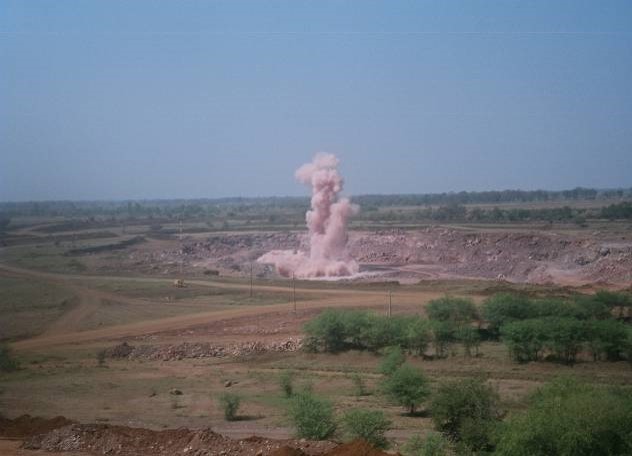




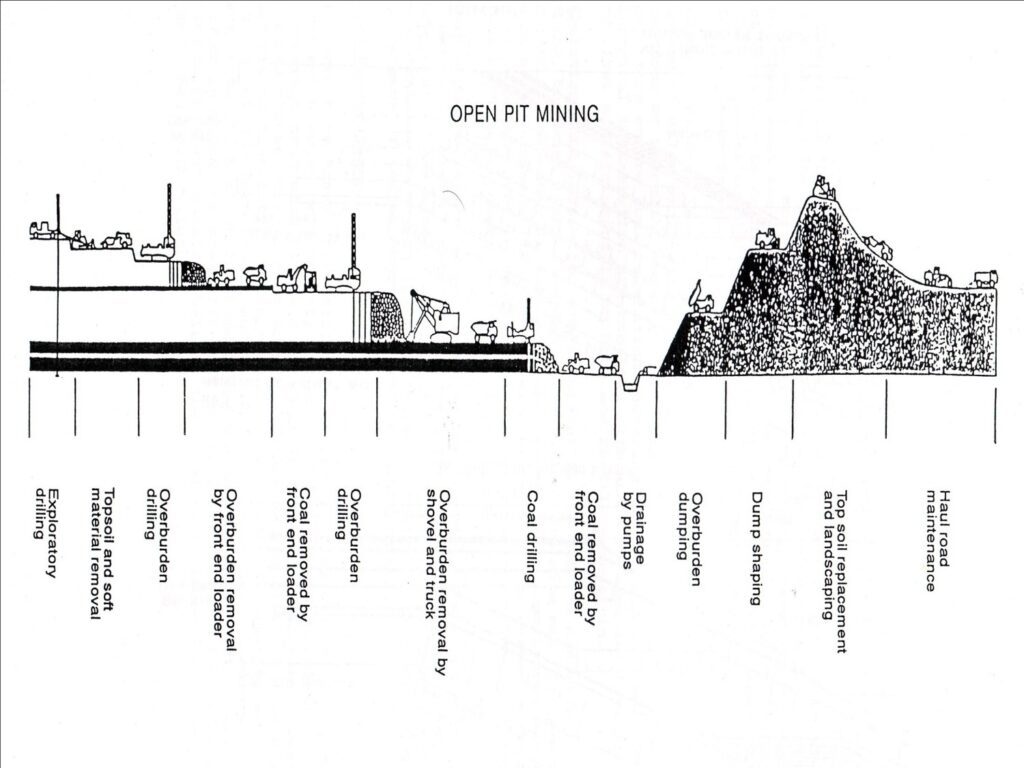




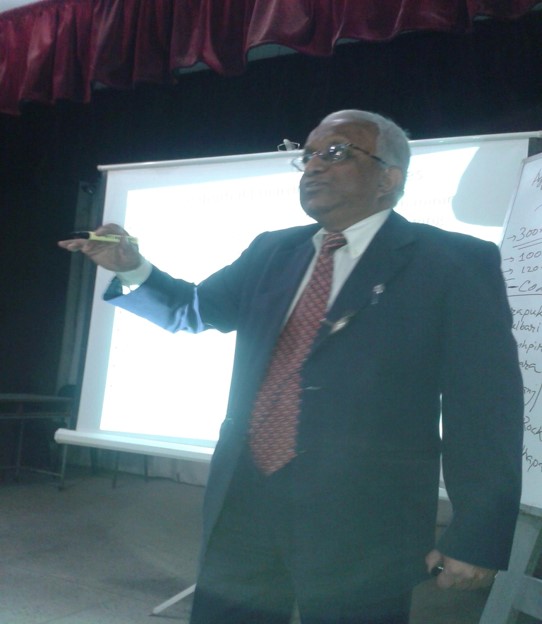
Bangladesh Petroleum Institute [BPI] Training Seminar in Dhaka.
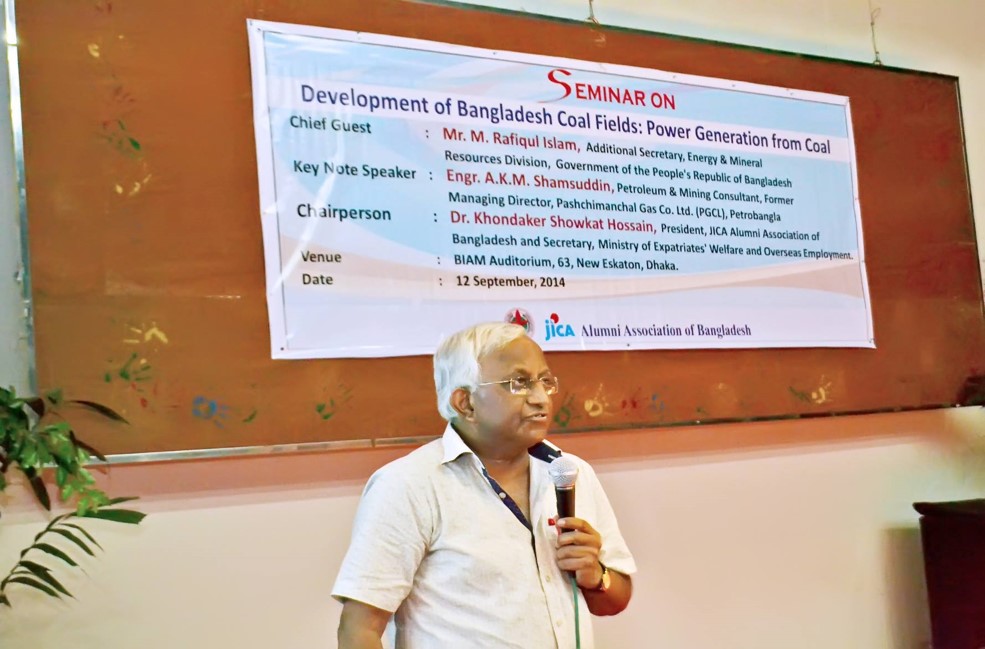
12 September 2014 on Development of Bangladesh Coal Fields for Power Generation.

